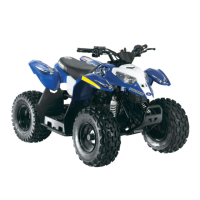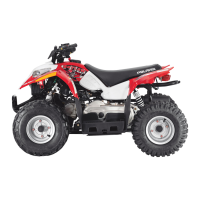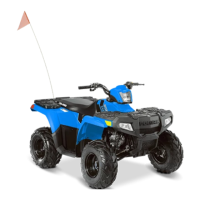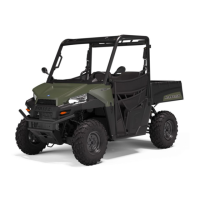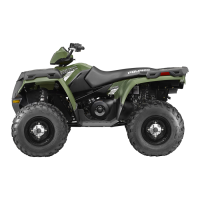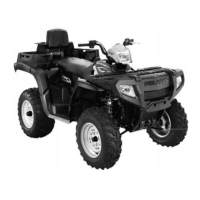7.8
ELECTRICAL
Flywheel Identification
Flywheel Identification Stamp Location
The flywheel can be identified by the casting marks in location A. Refer to “I.D.” location in chart below.
DC / CDI Ignition
Some of the advantages of DC ignition are:
• Stronger, more consistent spark at low rpm for better performance
• Easier starts
• Simpler component design for ease trouble shooting and maintenance
Operation Overview:
The DC/CDI system relies on battery power for ignition function. Instead of generating DC voltage via magnetic induction, a 12
volt DC current is supplied directly to the CDI unit from the battery.
At the CDI, the supplied 12 volt DC current charges an internal capacitor to build up the initial ignition charge. A small AC signal
from the Pulse coil closes a thyristor (located in the CDI) at a point pre-determined in the crankshaft rotation by magnets on the
flywheel’s outer diameter. This signal releases the electrical charge which saturates the coil for ignition. DC/CDI systems have the
ability to ignite with as little as 6 volts of power.
Engine Application Type Stamp Comment I.D. Stamp
ES50PL
External
Trigger
IJ09 DC / CDI
Ignition
K1805
A
NOTE:
DC/CDI systems and components
are not interchangeable
with any other system.
Typical Timing Pattern Shown
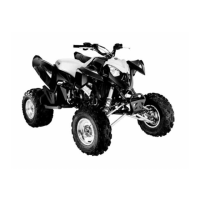
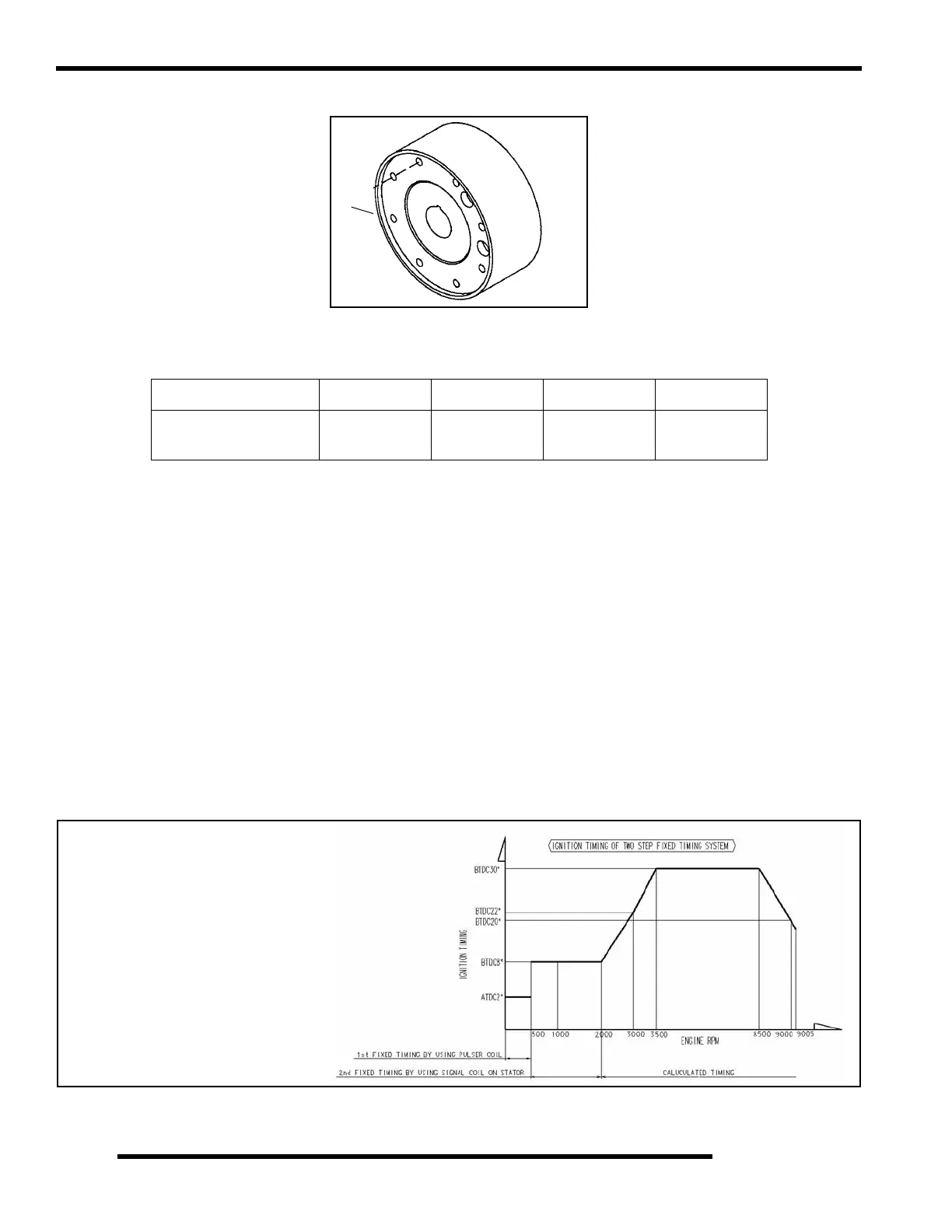